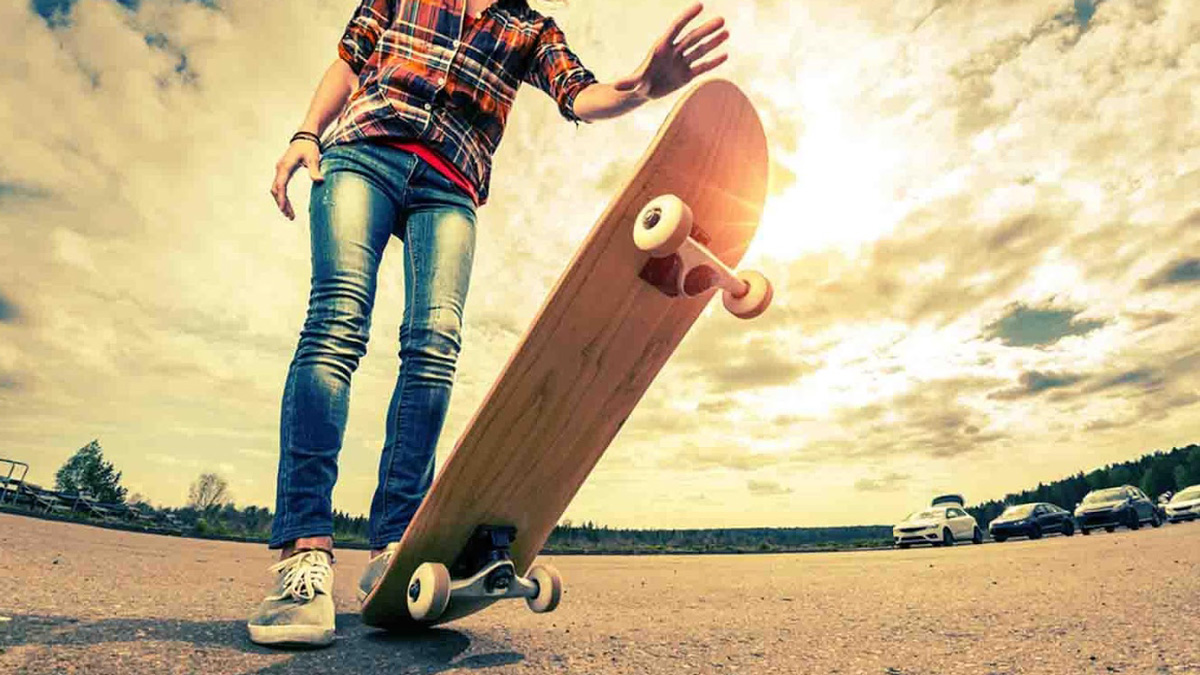Skateboards
How to choose a skateboard?
Are you a beginner?
Your experience level is an important aspect you should take into account when choosing a skateboard. You still didn’t spend enough time on the skateboard, but you are prepared to buy the board and practice the basics? We recommend you to go for ready-made sets. They are equipped with everything you might need. You just need to choose the width of the board.
How to choose a size
| Age category | Deck length | Shoe size | Height | Age |
| Adults & youth | 72 - 80 cm | 41 EU + | 161 cm + |
13 + |
| Junior | 55 - 71 cm | 39 - 41 EU | 131 - 160 cm | 9 - 12 |
| Mini | 40 - 55 cm | 35 - 38 EU | 100 - 130 cm | 6 - 8 |
Choosing a deck
The deck is the most important part of a skateboard, the only part which is in the direct contact with the foot, and that is why it’s important to choose the ideal one in every way. Width and profile (concave) – both of these attributes should be taken into consideration.
Width of the skateboard determines riding style
When choosing the skateboard, you should focus on the width more than anything else. Exactly this determines the suitable riding style.
Every deck works differently. Narrower ones are faster when doing tricks, wider ones are more stable when riding and during impact. The right width is individual, every skater prioritises something else, that’s why finding the right one can take some time.
Materials and construction
The most common material used is Canadian maple. The deck is constructed of few veneers, mostly seven, which are layered perpendicular to each other. Decks with more than seven layers are firmer but heavier.

Wheel size
Smaller wheels are lighter in weight and faster, because of this you are closer to the ground and you don’t need to dig so deep. Bigger wheels provide more stability, they can handle uneven surfaces better and are faster.
Wheel hardness determines speed and adhesion
Material hardness is also a parameter that should be taken into consideration when choosing the right set. Durometer measures wheel hardness. Most producers use the A hardness scale, which has a 103-point scale, which tells how hard the wheel is. Some producers use the B scale, which measures around 20 points less. For example, hardness 80b is the same as 100a.
In general, we can say that harder wheels are faster, and softer wheels are slower, but they provide more adhesion and are suitable for street skating. Harder wheels are more suitable for smoother surfaces like skateparks. Some brands offer special wheels for certain usage.
